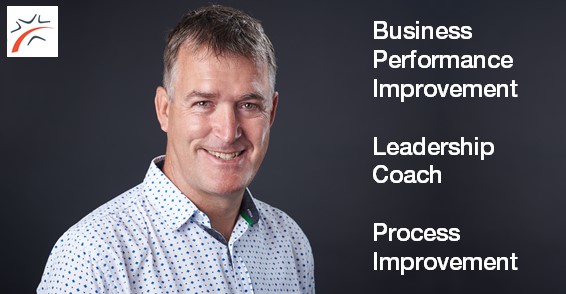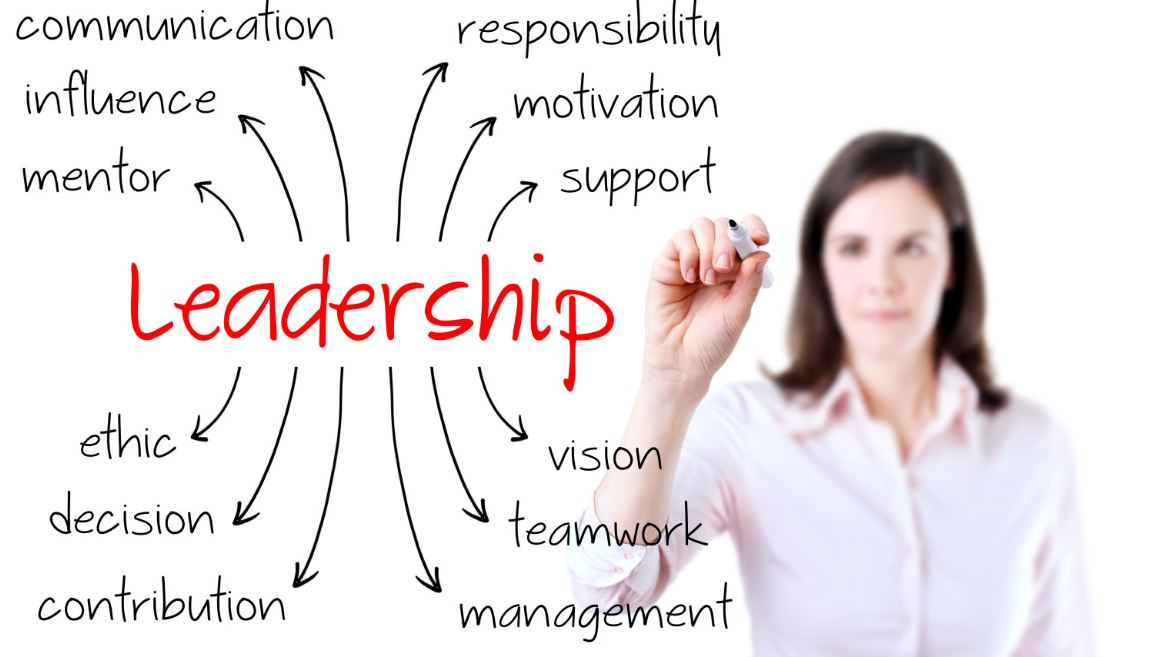Building Better. December 2019
As another year end gets close, we will soon have some well-earned R&R and perhaps a chance to reflect and consider what might be in store in 2020. Despite what you read in the media; things can always get better. Most of us work in very small businesses and to stay ahead we must be a little smarter and look after our customers better than our competitors do. To be even better, we need to build a better team.
Graham Henry said, “better people make better All Blacks” and “better people make better teams”
I’d add that “better leaders, make better people and better teams”.
Are you a business owner or leader who feels that, even though you have people around you, you are carrying most of the pressure and decision making and sometimes even question why you are doing this at all? Do you recognise the impact you can have as a leader on the effectiveness of your team? You are, after all, the head coach as well as the manager.
Creating a great team takes deliberate action and starts from the top, be the spearhead from which everything else follows, be strong and clear on the direction you are going and make sure everyone knows the direction and why. This will help define why the company exists and what each person’s role is in this.
As “tradies” (yes, I’m one too), we tend to focus on the practical / technical skills of creating, crafting engineering and machining. It’s easier to appreciate the skill required to produce a beautiful piece of joinery or furniture. It’s harder to appreciate that the best work and service comes from workplaces where individuals are engaged, teams collaborate and there is a common sense of purpose, along with some fun. When things flow, the best work just happens, and people are happy. You know the feeling, right?
So, what are some of the elements of an engaged, free flowing team? And what can you do differently as the leader?
Respect
- Respect yourself, each other, the values and processes you have, and all the people involved from beginning to end.
- Walk the talk.
Purpose
- Unite the team around a common “reason for being” and make sure every person has an opportunity to be a part of it.
- Create opportunities to pause, reflect and admire the great work that is going on.
Team Development
- Be prepared to do the hard work, lead by example, no-one is too big to “sweep the shed”.
- Stand shoulder to shoulder as one team. Ask, don’t tell.
- Recognise good and bad behaviour, catch people doing good things and praise them, deal with poor attitudes. Don’t walk past either good or bad (we often develop a habit of focusing on the negatives, rather than highlighting and celebrating the positives).
Leadership, Engagement & Growth
- Empower people, give them the freedom to act, accept that failure is a great teacher and make sure errors and failures are learning experiences that are not repeated.
- Give constructive feedback, recognise everyone can always be better with focus and practise.
- Welcome newcomers, celebrate success and work well done, recognise those that choose to move on.
- Allow life / work balance to exist.
- Do the little things right and the big things will take care of themselves.





